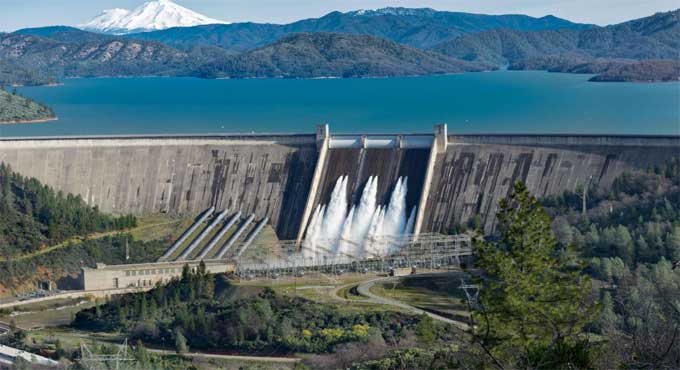
What you need to know before building a Dam

The purpose of a dam is to hold back water for safe retention and storage or to control the flow of water across a river. A dam allows the flow of a river to be diverted into a pipeline, a canal, or a channel. As a result of dams, water levels in rivers are raised significantly over a large area, providing storage space for fish.
In addition to providing prime recreational opportunities, dams are also significant for facilitating fishing, skiing, camping, picnics, and boat launches. Water reservoirs and dams are designed to store and retain large amounts of water safely. Various purposes are then achieved by raising water.
Reason behind building a Dam
Hydropower
The dam stops the flow of the river and raises the water level. Through the falling of the water, the higher water level allows the water to be harvested for its energy. The reservoir created by the dam acts as a storage facility for energy.
Water flows from low to high through a turbine within the dam. Electric power is created when the rotor of the turbines is spun by water, which then drives the generator.
Water Storage
Dams do not always use all the water stored in them. Evaporation causes a top depth varying from one to two meters to be lost to the atmosphere annually. A dead storage area at the bottom accommodates sediment brought in by inflow. According to the characteristics of a catchment area, dead storage size varies proportionally with the size of the dam. Storages protect societies from economic upheavals and losses due to floods and droughts and reduce variability in seasons' slow flows in rivers.
Multipurpose Application
Using storage facilities for irrigation, domestic water supply, power generation, and recreation is more efficient and cost effective than using storage for a single purpose. Dams that serve multiple purposes also have some disadvantages. In terms of storage, use, and release, water is used for many different purposes and has sometimes clashing requirements.
Water may need to be released from dams during peak energy demand times when irrigators need to store water for later use. In order to meet the full range of economic, social, and environmental demands for water, it is crucial to ensure reasonable allocation between water using sectors.
Flood Control
Water levels of reservoirs should be kept below a certain level before the monsoon season starts. By doing this, when monsoon rains arrive, there is enough space to store excess rainwater and water can also be released in a regulated manner, which prevents floods downstream when there is heavy inflow to the dams. Prior to the monsoon, dams should keep at least one third of their storage capacity free.
Besides helping farmers, dams prevent flooding related deaths and property damage. The purpose of flood control dams is to impound floodwaters and either release them under control to the river below the dam, or store or divert the water for another use. To help control devastating floods, people have built dams for centuries. In order to better manage flooding, dams, reservoirs, flood levees, embankments, and river training works are incorporated into the flood management infrastructure.
When extensive settlements exist on floodplains which make it impossible to restrict land uses or put in place other measures not requiring structural intervention, dams and reservoirs can be considered as viable and effective alternatives. In general, dams and reservoirs contribute to structural stability by storing large volumes of water, modifying flood routes, and reducing peak flows significantly.
Irrigation
Using dams allows fast growing societies worldwide to harness vast water resources for a variety of purposes, including: food, fodder, fish production, drinking water, clothing, sanitation, energy, industry, wildlife. Worldwide, a large portion of the water stored behind dams is withdrawn for irrigation, which primarily consists of Evapotranspiration needs of irrigated crops.
Water Supply
Dams are used for domestic water supply, including drinking, cooking, bathing, washing, and watering lawns and gardens.
To learn more, watch the following video tutorial.
Video Source: Pebbles Tutorials


